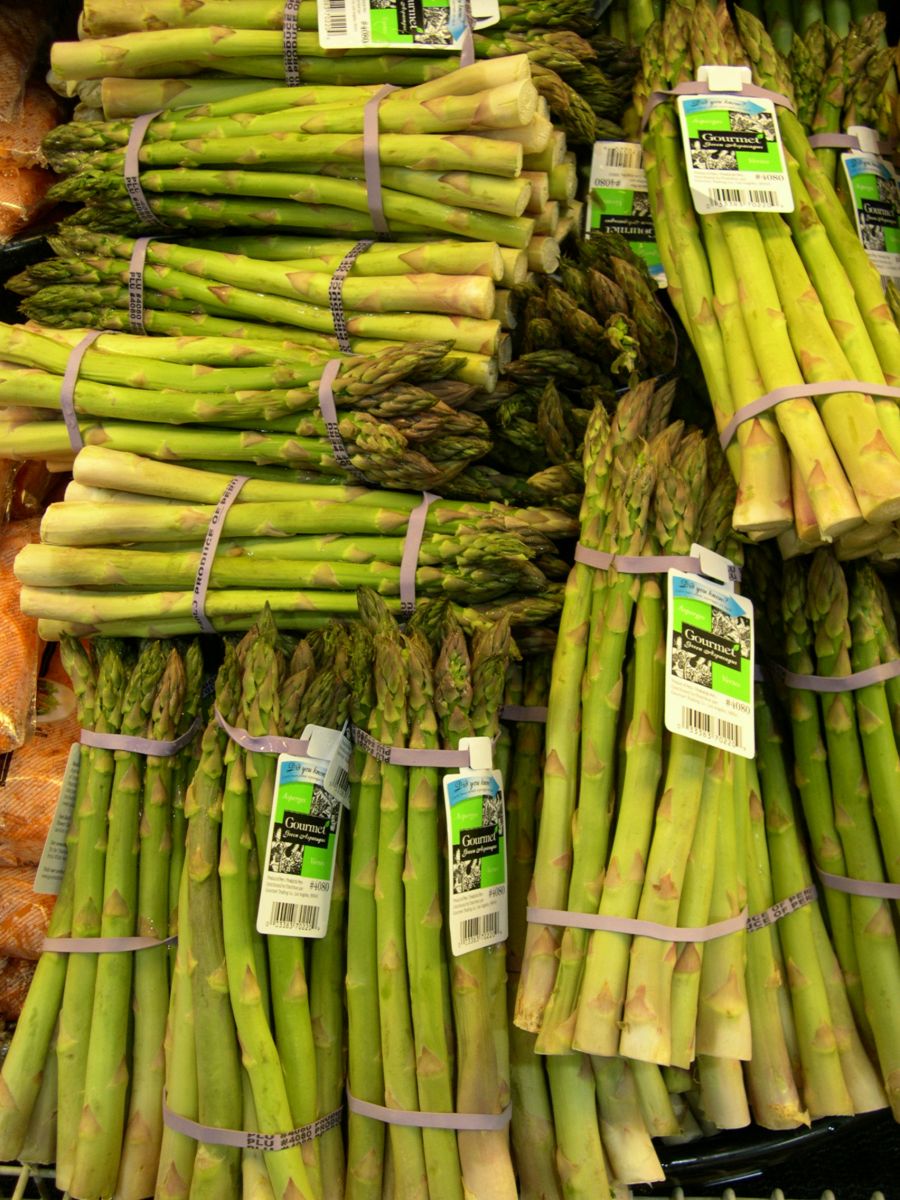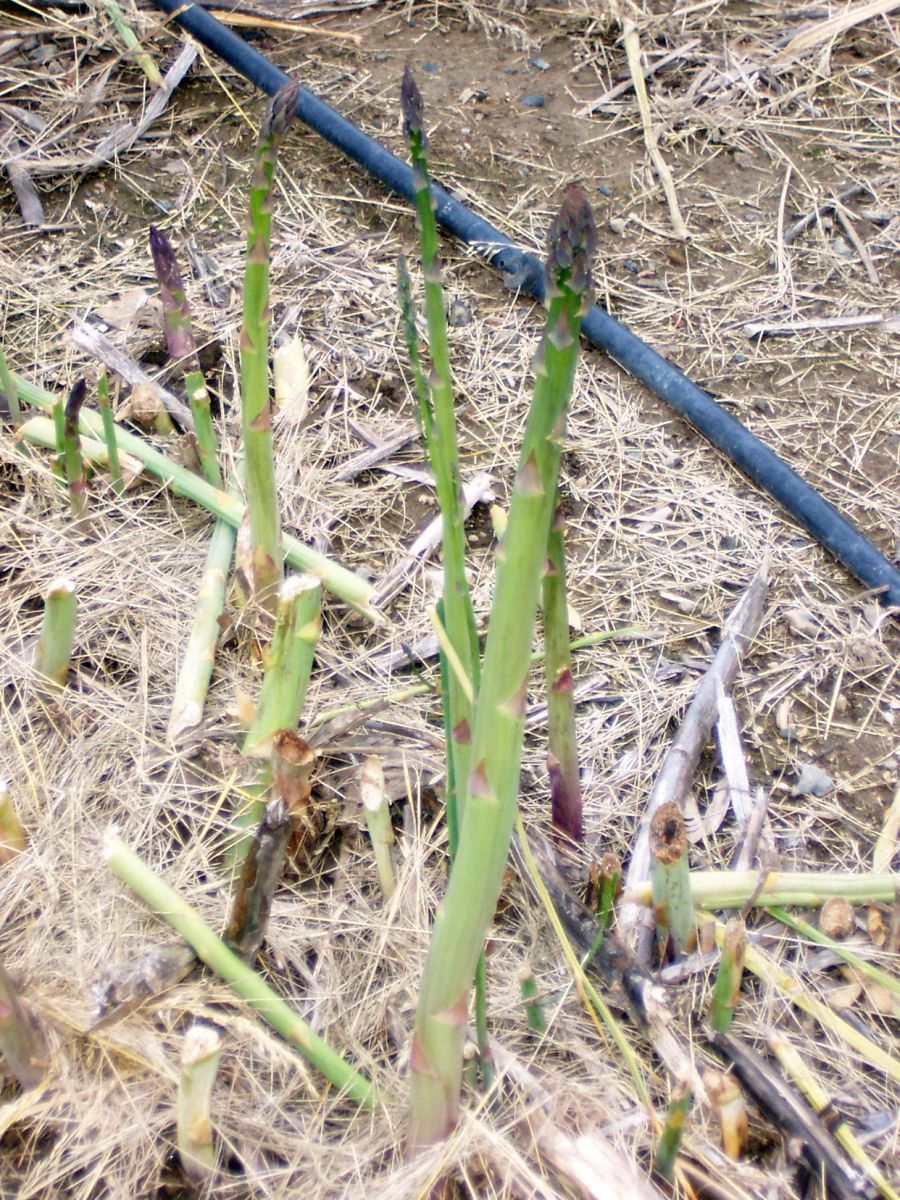Asparagus
Asparagus (Asparagus officinalis) is a high value perennial vegetable crop that is well suited for production in Kentucky. A well maintained asparagus planting can continue to produce for 15 years or more.
Mar keting
keting
This crop is grown primarily in Kentucky for fresh market, especially near large population centers. Asparagus has great potential for farmers markets, for direct sales to local supermarkets, and for sales to local and regional wholesalers. Asparagus can also be sold direct to consumers at farm stands and through community supported agriculture shares(CSA). Direct sales to local restaurants may also be possible. Kentucky’s market window for asparagus is from early May through mid-June.
Production
Cultivar selection is critical to the success of any asparagus planting. Choose a relatively level, rock-free site with light to medium-textured loam soil where asparagus has never been grown. An asparagus bed may be established from transplants (plugs) or crowns. Seven thousand to 9,000 plants are needed per acre. No-till and minimum tillage systems can be used for conventional asparagus, but are not recommended in organic asparagus production. Asparagus should not be harvested during the first year (planting year); however, studies show that harvesting one year after planting does not reduce future yields and does give growers some income one year early. As a rule of thumb, asparagus can be harvested for two weeks the first year, four weeks the second year, and six to eight weeks after that. Asparagus establishment costs are usually recouped by the fourth year of production.


